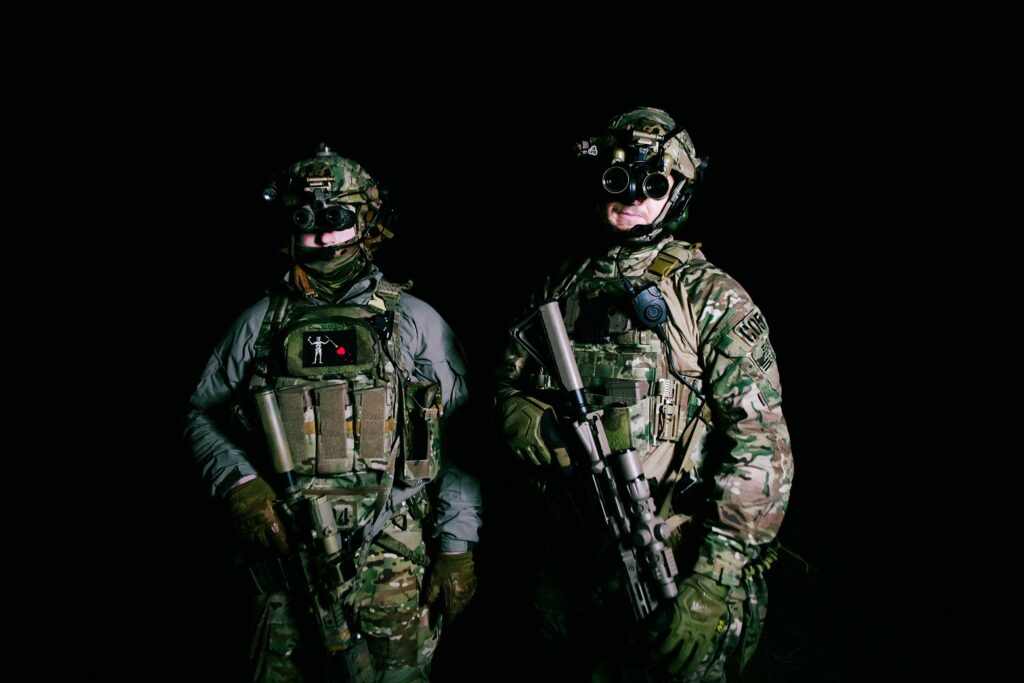
The Different Types of Plate Armor
Plate armor is a type of body armor that is designed to protect the wearer from projectiles and other types of weapons. It is often used by military and law enforcement personnel, as well as those in the security industry. There are several different types of plate armor available, each with its own unique set of advantages and disadvantages. Let’s take a look at some of the most common types of plate armor.
Level III+ Lightweight Armor
The most popular type of plate armor is level III+ lightweight armor. This type of plate armor is lightweight but still provides high levels of protection against most handgun rounds. It also offers excellent protection against shrapnel, ricochets, and other fragments. The downside to this type of plate armor is that it can be more expensive than heavier plates.
Level IV Hard Armor Plates
Level IV hard armor plates provide even more protection than Level III+ plates. These plates are typically made from ceramic or steel and offer superior protection against rifle bullets and other high-velocity rounds. They are much heavier than level III+ plates, however, which can make them uncomfortable to wear for extended periods.
Soft Ballistic Inserts
Soft ballistic inserts are designed to provide an additional layer of protection without adding too much weight or bulk. These inserts are usually made from Kevlar or similar materials and can provide extra protection against fragmentation and small-arms fire. They can be inserted into any pocketed body armor vest for added protection without sacrificing mobility or comfort level.
No matter what type of plate armor you choose, it is important to make sure that it fits properly and provides adequate coverage for your particular needs. Whether you need lightweight Level III+ protection or heavy-duty Level IV hard plates, there is a plate armor solution out there for you. With the right plate armor in place, you can rest assured that you will have the best possible protection while on duty or in a hazardous situation.
For more articles, please click here.